
The Secret on How to Grow Fruit Trees & Strawberry Plants
Published: 01/12/2022 | Updated: 29/03/2023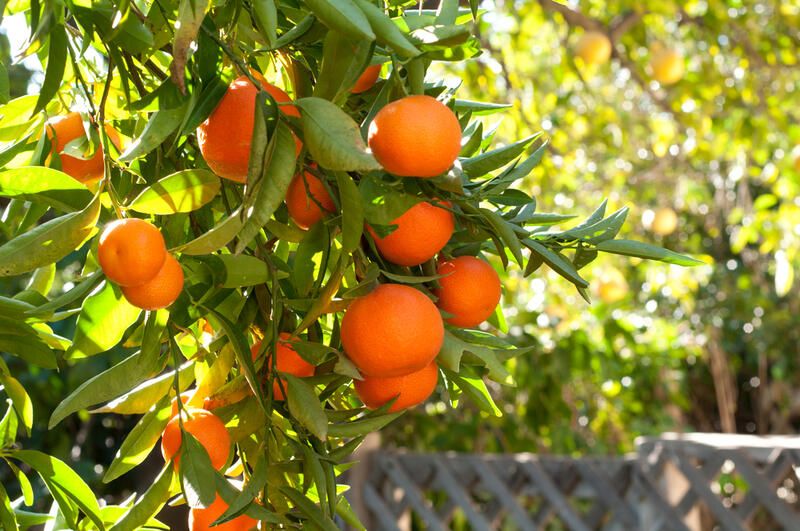
Nothing beats the sweet aroma of fresh flora and fruit in your garden every morning. From fruit and citrus trees to berries. Growing fruit along with the flora in your garden invites a plethora of wonderful results. From increased hummingbirds and butterflies to tasty produce whenever you want it! This is the ultimate guide on how to grow fruit in your garden!


Using your garden to grow your vegetables and fruit is joyful and gratifying. Nothing compares to the flavor of freshly picked fruit from a tree or crisp veggies dug out from the ground.
However, getting started might be intimidating. So here is our how-to for growing your delicious fruit. It includes all the information you'll need to start, as well as success-boosting tips!
Choosing What Fruit Plants to Grow
Growing your yummy fruit garden starts with planting foods that you will eat. Choose your preferred fruits, vegetables, and herbs.
It's most likely a lengthy list. Cross off the following to reduce it to something manageable:
-
Anything that is not appropriate for your soil type
-
Anything that requires a large amount of room if your plot is small
-
Anything too delicate to grow in your area
-
Anything that may be purchased for a very low price should not be grown in a desirable space.
Carrots, for instance, require deep, rich soil to thrive. So, if your soil is shallow and sandy, don't consider them and focus on surface crops like beetroot.
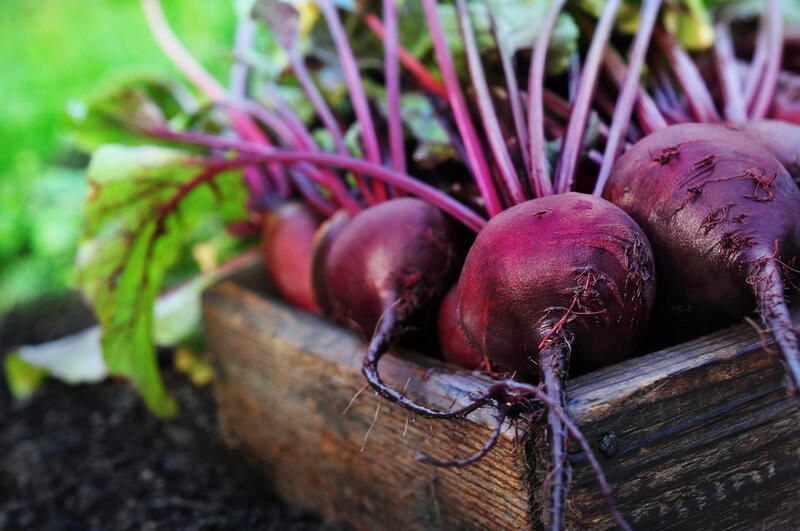
Growing Fruit Trees
Wish you could pick peaches, cherries, and other delicious fruits from your fruit tree? With our help, you may realize your dream of growing fruit trees and having a thriving home orchard.
Fruit trees provide the sweetest rewards of any plant. Fruit trees may grow in almost any climate, from semi-tropical citrus fruits to cold-hardy apples and cherries. You must start with a variety of fruit tree that is known to thrive in your region (check the USDA hardiness zone scale for easier reference) and make a commitment to trimming and careful insect monitoring.
Choose the variety that your local extension agency suggests, as some cultivars require a specific number of chill hours (number of hours below 45 degrees Fahrenheit).
Here are some of our favorite fruit trees to try!
Apple Trees
The most extensively devoured tree fruit is the apple (Malus Domestica), which is also the most widely adaptable, easily grown, and consistently delicious. An apple tree can adapt to more acidic soil provided it is fertile and well-drained, but the ideal soil pH for apples is 6.5. The majority of apple trees varieties, including the disease-resistant "Freedom" and "Liberty," are cold-hardy Zones 4 to 7 (if you're unsure of your Zone, see "Know Your Cold-Hardiness Zone" further down this article), but in mild winter climates, you'll need low-chill varieties like "Anna" and "Pink Lady." To get a good fruit set, regardless of the environment, start by selecting two trees that are good pollinators. When compared to early-season types, mid and late-season apples typically taste better and keep their freshness longer.
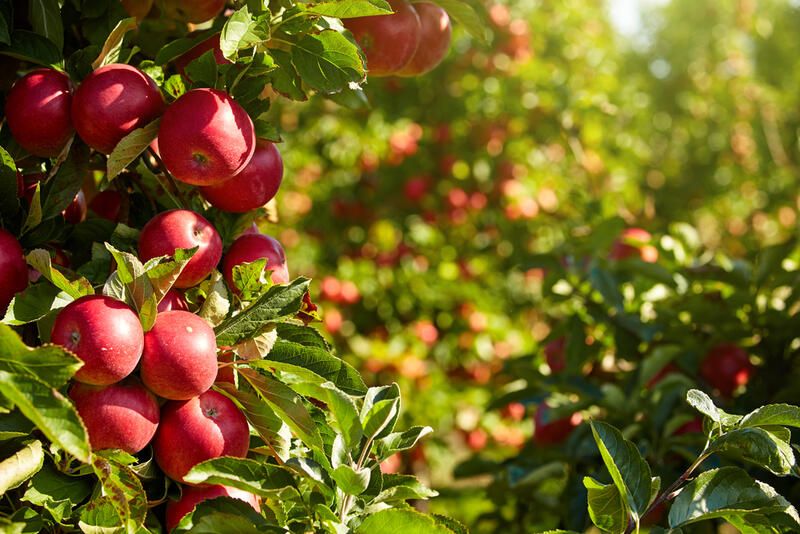
Nectarine and Peach Trees
Everyone wants peaches and nectarines (Prunus persica) but cultivating these fruit trees organically takes a good site, preventive pest management, and a little bit of luck. Peach and nectarine trees require deep soil that is free of hardpan or compacted subsoil more than other fruit plants do. Zones 5 to 8 are the optimum growing regions for peaches and nectarines, while specialist types can be produced in colder or warmer temperatures. Plan to plant new peach and nectarine trees every 10 years because wood-boring insects frequently cause these trees to fail.
Citrus Fruits
In Zones 8b to 10, citrus trees, such as kumquat, Meyer lemon, Mandarin orange, and Satsuma, are among the easiest to grow organically. Citrus leaves and rinds have fragrant substances that deter pests, but their cold tolerance is limited. Winter citrus fruit harvests from your homegrown tree will be worth the trouble, even if "Nagami" kumquat, "Owari" satsuma, and a "Meyer" lemon tree occasionally need to be covered with blankets when temperatures drop below freezing.
Cherry Trees
Cherry (Prunus avium (sweet) and P. cerasus (sour)) come in two subtypes: compact sweet varieties like "Stella" and sour or pie cherries like "Montmorency" and "North Star." Cherries range in color from bright yellow to almost black. Cherry trees require rich, almost neutral soil and sufficient air circulation to thrive, and they are best matched to Zones 4 to 7. Growing either variety of 12-foot-tall dwarf cherry trees will make it easier to safeguard your crop from pests and illnesses because the little trees may be netted or quickly sprayed with sulfur or kaolin clay.
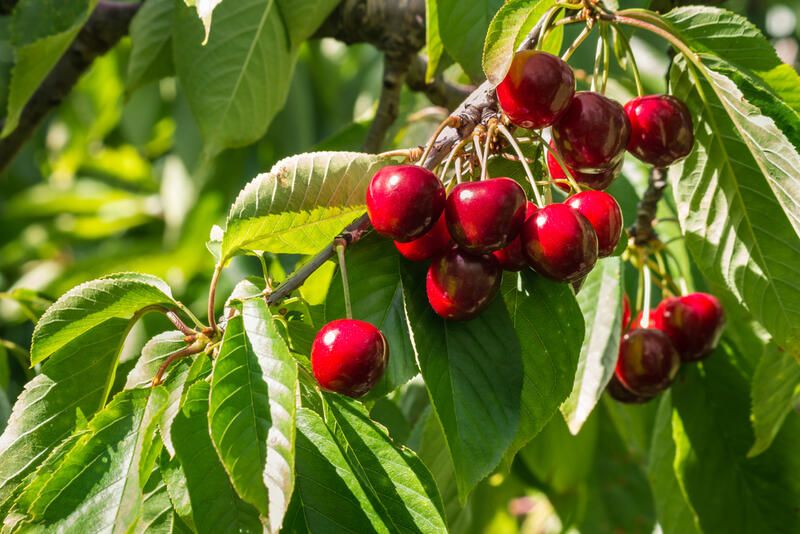
Plum Trees
Because the trees frequently lose their yield to late freezes or illness, plum trees (Prunus species and hybrids) tend to produce fruit sporadically. A plum tree will produce abundant crops of tasty fruits that range in color from bright green to dark purple in good years. A plum tree requires at least one other similar species nearby to enable successful pollination. They are best adapted to Zones 4 to 8. Some regions may have the best homestead plums from particular natural species, like beach plums in the Northeast or sand plums in the Midwest.
Fig Trees
Figs are delicious, healthy, and easy to grow. Although many people are apprehensive about taking care of their fruit tree at home, you shouldn't be — a fig tree is quite simple to buy and grow. You may quickly have your harvest with a little preparation and our care advice!
A sufficient amount of sunlight is essential for the fig because it originated in Northern Asia, where a tropical climate with lots of solar exposure is the norm. Thus, whether you are planting your tree indoors or outside, you should do so in a location that receives at least six hours of direct sunlight each day.
The greatest place to plant a fig tree if you're doing so outdoors is next to a building like a brick wall or another plant. By doing this, you can be sure that your fig trees will receive the right amount of sunlight.
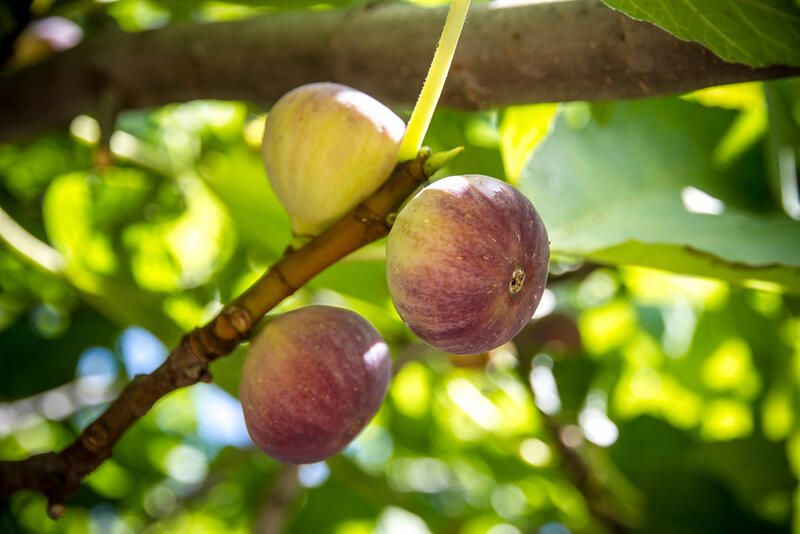
How to Plant
Fruit trees should be planted in the early spring, when the soil has thawed, in Zones 3 through 7. Fruit trees will quickly establish new roots if they are planted right after they emerge from their winter dormancy. Plant new trees in Zones 8 through 10 in February. Select a sunny location that has healthy soil with good drainage and is not in a low-frost pocket. Create a planting hole that is twice as large as the tree's root ball. Spread the roots out carefully in the hole before adding soil to the rear.
Make sure not to bury any graft unions (swollen areas) on the main stem, and plant trees at the same depth at which they grew in the nursery. To guard against pests, rodents, sunburn, and physical harm cover the lowest part of the trunk with hardware cloth or spiral plastic and water it thoroughly. To keep the tree stable, stake it lightly. Cover the root zone of the newly planted trees with a slow-rotting mulch, such as wood chips or sawdust. For the first two years, water particularly well during any dry spells.
Fruit trees should be fertilized in the spring a year after planting by brushing back the mulch and applying a balanced organic fertilizer to the soil's surface (as directed on the fertilizer package). After that, spread a wood-based mulch out in a 4-foot circle around the tree to a depth of 4 inches. To protect against winter injuries, discontinue using trunk protectors after two years and switch to painting the trunks with white latex paint. Sand can be mixed into the paint to keep rabbits and voles away.
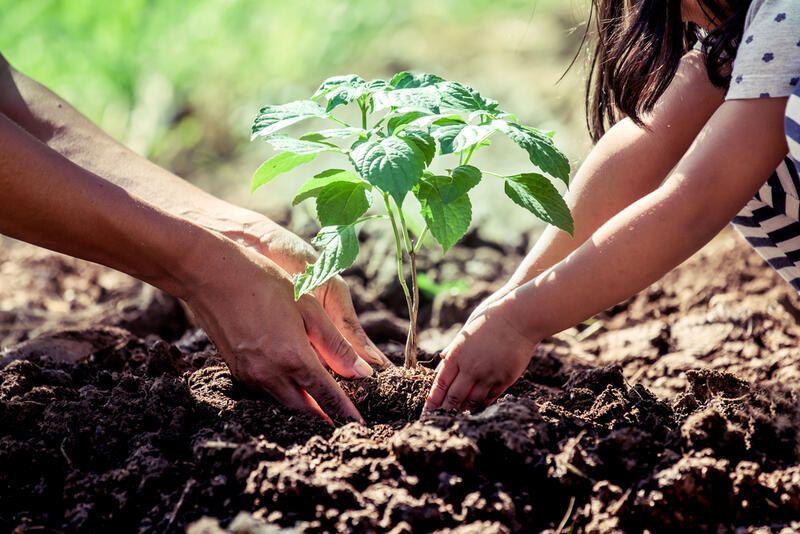
Fruit Tree Pruning
A crucial part of establishing fruit trees is pruning. Fruit trees are pruned to allow the leaves and fruit access to light and fresh air. Depending on the species, different branching patterns are optimal. To conserve space, some apple and pear trees can be pruned and trained to grow as wall- or fence-hugging espaliers. Fruit trees should be first-year pruned to shape, and then they should be pruned annually in late winter before the buds grow. It is preferable to remove a bit too much suspect growth than not enough.
Fruit trees often produce a healthy amount, and the extra should be trimmed out. When the fruits are the size of a dime on Asian pear trees, 70% of the green fruit should be removed, and before the fruits are the size of a quarter, apples should be spaced 6 inches apart. Thinning some of the green fruits off any type of fruit tree that is producing heavily helps increase fruit size, lessen limb breakage, and assist prevent alternate bearing (a tree setting a crop only every other year).
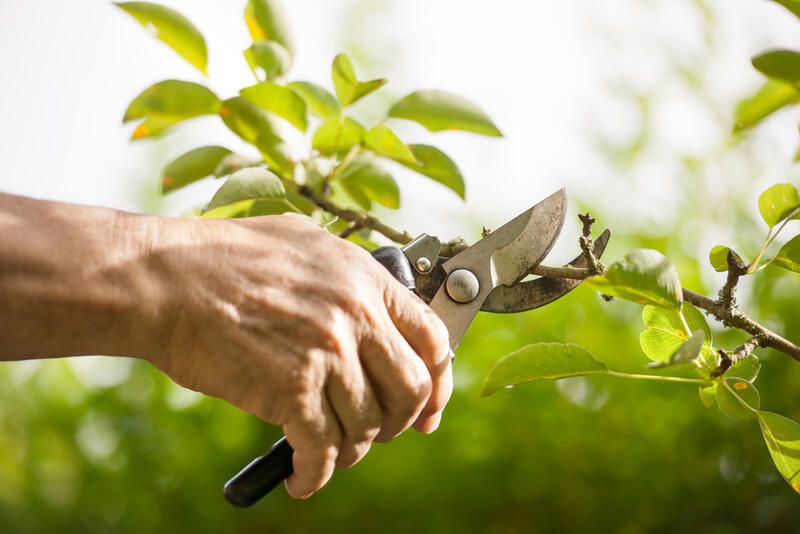
Harvesting
Except for pears, tree fruits should be picked as they become close to being fully ripe and kept cold to prevent spoiling. After a few weeks in cold storage, the flavor of most apple fruit tends to improve, so a second refrigerator or a root cellar may be helpful. Apple fruit and pears can be stored for many months in the refrigerator, but softer stone fruits (cherries, nectarines, peaches, and plums) must be preserved for long-term use by canning, drying, freezing, or juicing as soon as possible after harvest.
How to Grow Strawberries
The most satisfying strawberry you will ever test will be those from your very own fruit garden. Here is our quick guide on how to grow strawberries!
-
Depending on your growing region, plant your strawberry plant in the spring or fall. Raised beds, containers, and in-ground gardens are all great places to grow things.
-
Plant strawberries 18 inches apart to allow for runners. There are several ways to grow strawberries, but you should always make sure they receive at least 8 hours of direct sunlight daily and are planted in slightly acidic soil (pH 5.5 to 6.8).
-
Add several inches of aged compost or other rich organic materials to your native soil to help it grow. For container gardening, think about using high-quality bagged potting soil.
-
Water plants once or twice a week, being careful not to dampen the leaves.
-
Keep plants well-fed with a fertilizer that releases nutrients continuously to encourage good fruit output.
-
Ripe strawberries should be picked up early in the morning and put in the fridge right away.
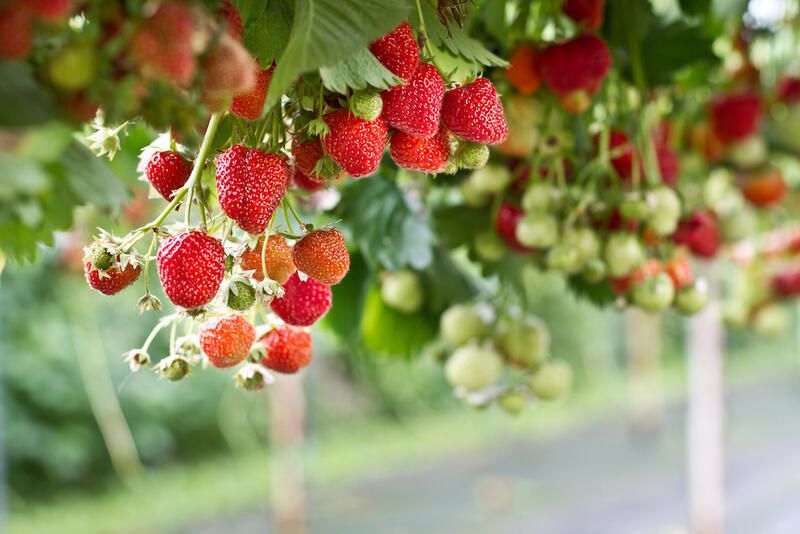
Planting, Soil & Care
Strawberries prefer slightly acidic soil with a pH between 5.5 and 6.8 and require at least eight hours of direct sunlight per day. It is recommended to grow strawberries in half-barrels or other large containers loaded with top-notch potting soil if the soil in your location is naturally alkaline. Before planting strawberries, thick clay should be liberally treated with composted leaves or completely decomposed sawdust to prevent strawberries from wilting. Rake clay soil into elevated mounds after adding 4 inches or more of compost to further enhance drainage. Simply cultivate your sandy soil to get rid of weeds, then add a 1-inch layer of rich compost or rotting manure.
Harvesting
Pick strawberries first thing in the morning when they're still chilly, then put them straight in the fridge. The berries should not be properly rinsed with cool water until right before eating or cooking them. Strawberry surpluses can be dried, frozen, or turned into jam or preserves.
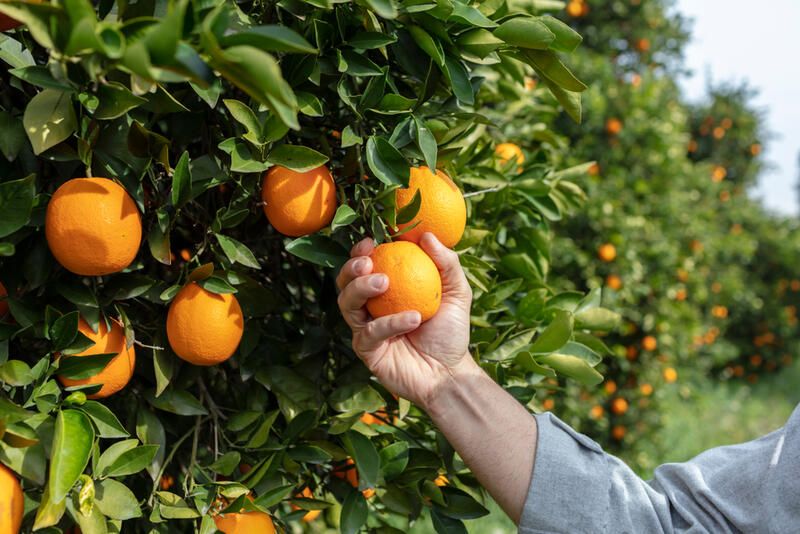
Tips & Tricks
-
Grow to produce that you and your family like eating.
-
A sunny, open area is best.
-
If necessary, utilize raised beds or containers and examine your soil type.
-
To improve the structure, always thoroughly prepare the soil by removing weeds and stones and digging it over.
-
Put compost or leaf mold in the ground to improve the soil. Compost your waste!
-
Aim to wait until the earth has warmed up before planting.
-
For a quick harvest, cultivate quick-growing types in containers.
-
For a lengthy crop, stagger your sowing by scattering a few seeds every two weeks as opposed to all at once.
-
Water everything frequently, particularly during dry seasons.
-
Rotate your crops to avoid the accumulation of pests and diseases.
Pest Control
Some fruit crops are susceptible to several common diseases for which there are no resistant variants and attract a lot of insect pests. For instance, brown rot, a fungus that overwinters in mummified fruit, usually affects all stone fruits. To prevent brown rot and other prevalent diseases, spray early in the season with sulfur. Insect pests like codling moths must still be controlled even though some apples have strong genetic resistance to scab and rust.
Insects can be controlled by allowing chickens to forage beneath fruit plants. Many organic farmers also place kaolin clay on their fruit trees during the growing season to deter pests.
Getting Started!
Now that we've given you all the information you could need to start growing fruit trees it's time to get started!
Are you still lost on what plants will look good in your yard or space? Do you have a small garden? Maybe you want something easy to grow and don't know what to choose. Or maybe you want to try out multiple options. What if we told you, you could?
Shrubhub.com offers full 3D planning and a full plant guide so you can visualize what your garden will look like with a plethora of plants! They also let you choose maintenance level, so all suggestions are feasible for you and your lifestyle!
Check them out now for a free phone and plant consultation along with a 70% discount! Shrubhub.com


